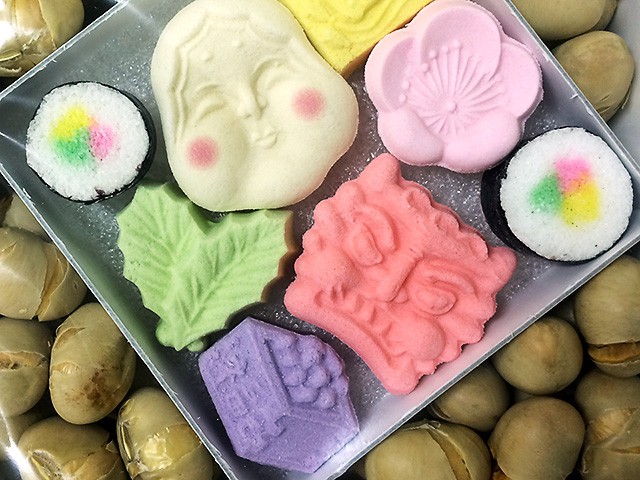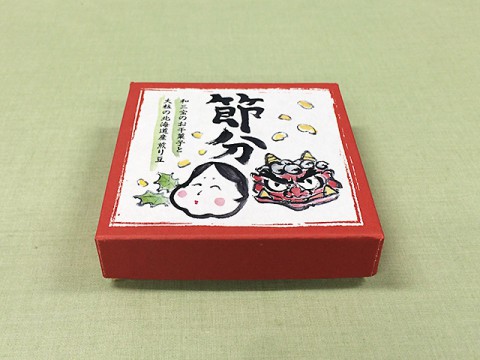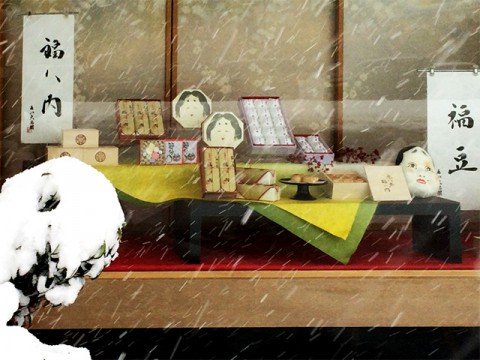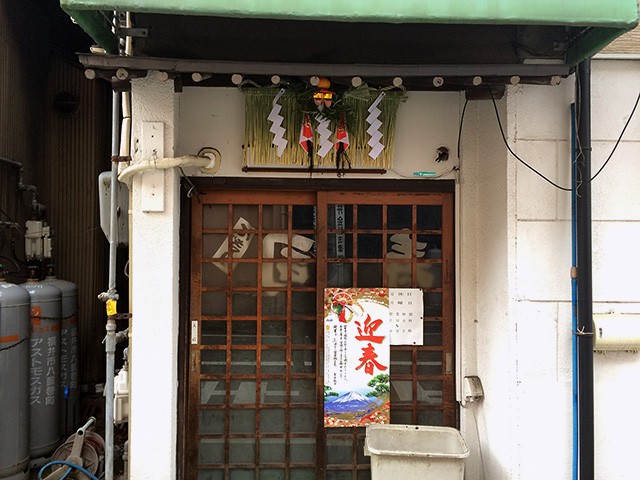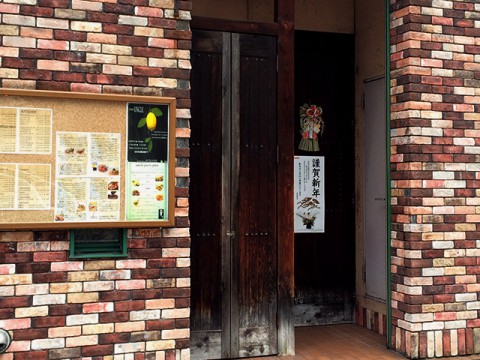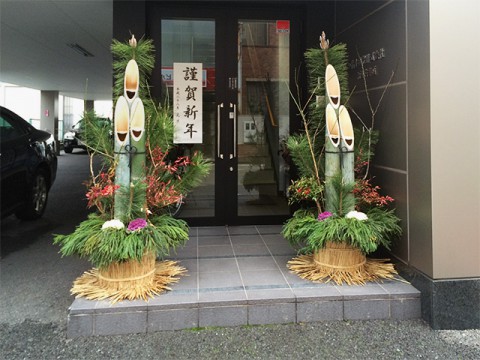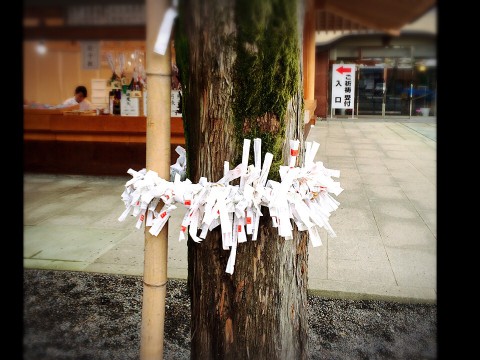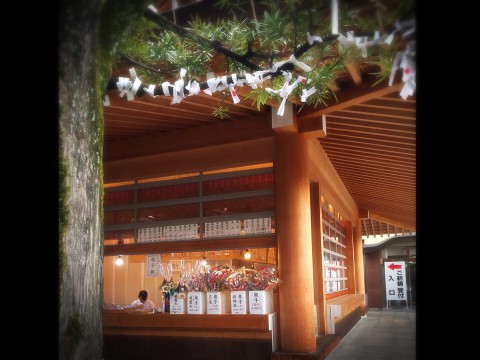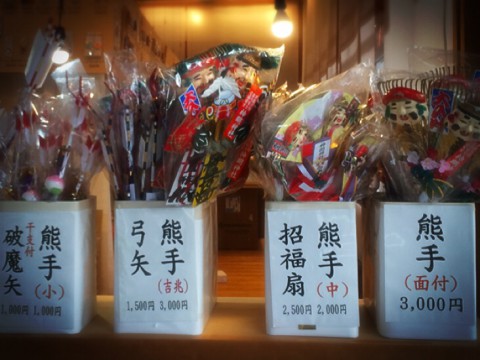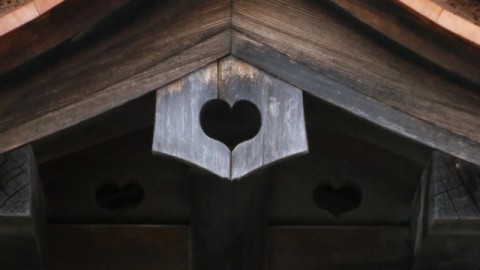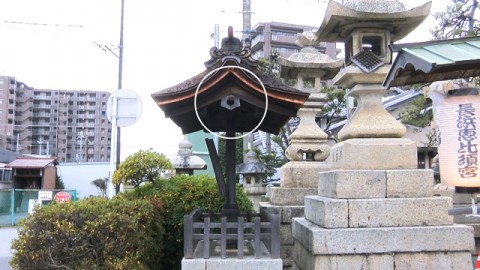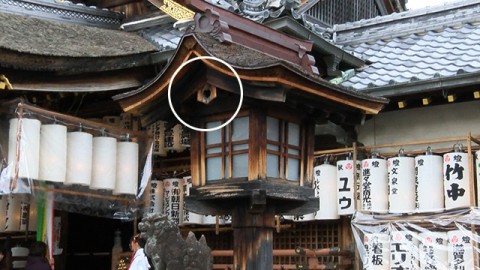“Goshuin” (stamp given at shrines or temples) collecting
2016.03.01
First of all, “Goshuin” is a stamp that is given to the visitors at shrines or temples.
In addition, monks in charge write with a brush dynamically the name of the temple
and the date of visit.
The price is only 300 yen.
The more you get “Goshuin”, the more you have fun to look back at them.
Also, it would be a good record of travels.
There are differences in the designs and brushwork depending on temples or shrines,
so each individuality is interesting.
Recently, “Goshuin Girls” have increased but some people are critical of the boom.
However, I think that this boom actually made me realize unexpected pleasures such as
an attraction of calligraphy as art and shrines or temples, fun of collecting something etc.
On the other hand, at shrines, Shinto priests in charge are looking forward to
talking with visitors who come to get “Goshuin”, I guess. (H.S)
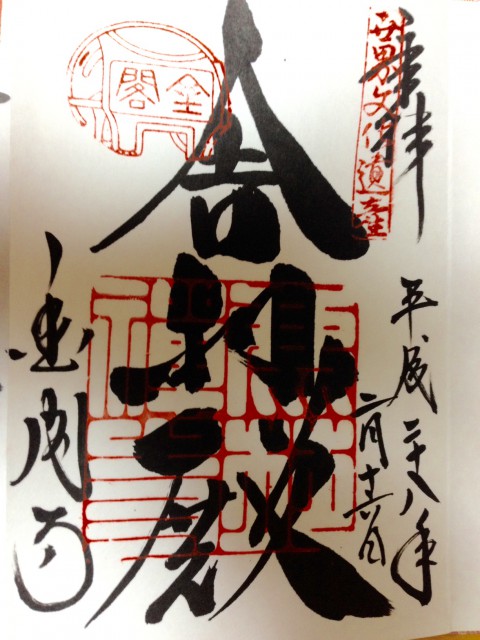
“Goshuin” of Shariden/The Golden Pavilion in Kyoto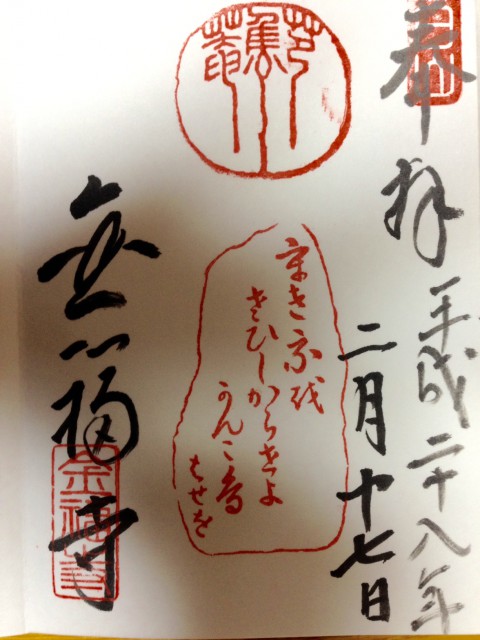
“Goshuin” of Kinpukuji Temple related to Basho MATSUO in Kyoto
Original Goshuin Note of Kitano Tenmangu Shrine in Kyoto, which has a quite girlish design


